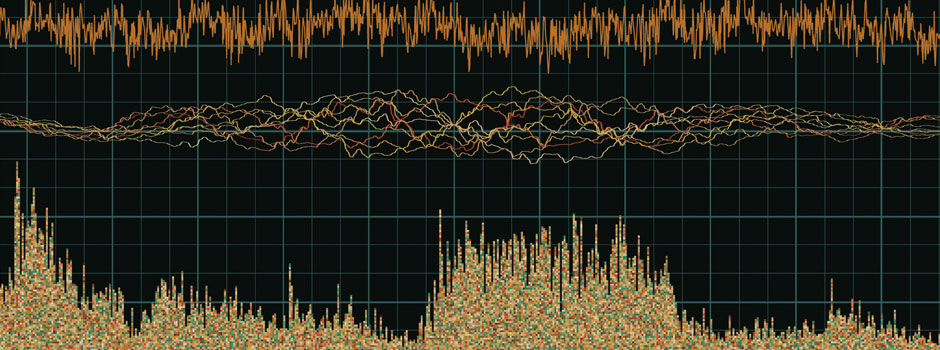Actuality
An actuality is an interview extract. It represents an angle, it is not a summary of the interview. It works independently after the anchor intro, that states the name and job of the interviewee and the angle, the question that the actuality answers.
How to edit an actuality?
- First you need to find and isolate the part of the interview related to the angle. It might last 2, 3 minutes, or longer.
- Then look where it can start and end so as to make sense and be punchy enough.
- Then, choose this part and copy it on a new timeline.
- Save it as : it’s critical to save two folders: one for raw audio, the other for edited soundbites. Don’t forget to save them regularly, lest you should lose everything in case of a freak electricity shortage. Besides, if your editing goes wrong, you will still have your original recording and will be able to start from scratch.
- Finally : cut and shorten. This is the longest part. First you will have to cut hesitations, mumbling, parts where the interviewee repeated himself… In real life, when talking, you will rarely get straight to the point : there will be quite a few digressions. Cut your questions if they bring nothing. Then, try editing until you get to the asked format : 30”, 40”, a minute…
A good actuality is faithful to the interviewee’s point of view
It only shortens his discourse and makes it punchy. When in doubt, don’t hesitate to ask a colleague or your editor-in-chief to listen to it. It’s always better to rework it before it goes on air.

